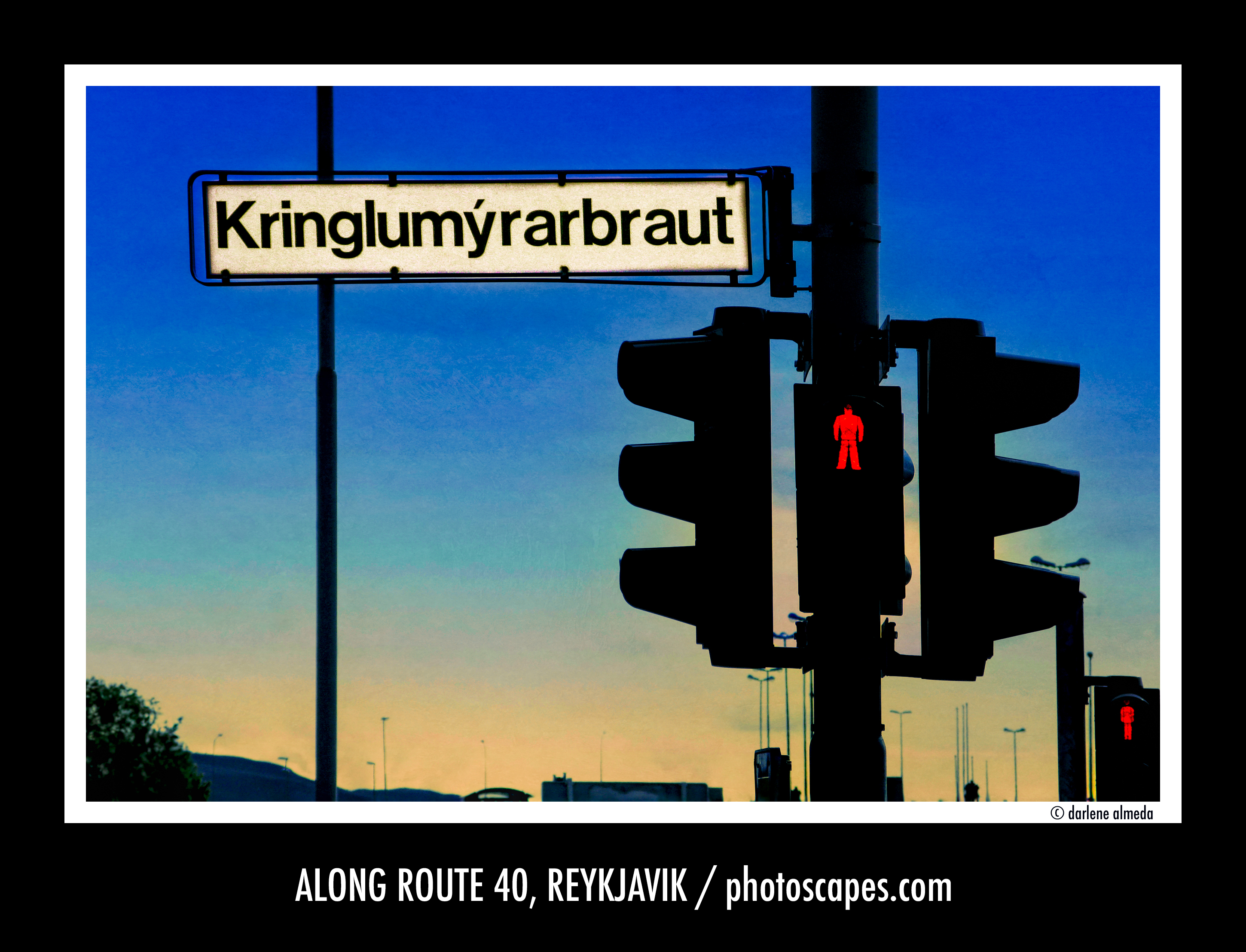Along Route 40, Reykjavik is not just an image; it’s a testament to my passion for bold and graphic styles—a flair that often had art directors singing praises about my color and design. This photographic style isn’t one-size-fits-all, but when a subject screams, ‘Look at me!’ it’s impossible for my camera to play coy. Not every composition begs for such drama, but this Icelandic street sign certainly did.
In 2010, I embarked on my dream Icelandic adventure, spending two unforgettable weeks amidst its raw landscapes. I began with a group of eager photographers but decided to go rogue, exploring the terrain with my trusty Alpa medium-format camera, Nikon D700, and pocket rocket, Canon Powershot G9, in tow. Among the standout shots were those snapped with the Canon G9—because sometimes, the best things really do come in small packages. The G9’s accessibility and snapshot style of shooting made it the best camera for shooting off-the-hip candids.
Cruising through Reykjavik, I was struck by the city’s linguistic gymnastics—street signs that would make even a spelling bee champion sweat. I aimed to capture one such linguistic leviathan as a keepsake for this native English speaker. The chunky Icelandic tongue was tricky to decipher in my ears, and when they switched to English, the thick accents could have used subtitles. I found the Icelandic people very friendly; I just wish I were better at foreign-to-me languages.
While in Iceland, my German classes in college came flashing back—a linguistic battle where I barely emerged victorious despite breezing through calculus. Icelandic, with its German-esque spellings, seemed like a distant cousin, twice removed.
At a red light, I faced off with the sign: Kringlumyrarbraut. After a brave but butchered attempt to pronounce it, I conceded defeat, my tongue firmly tied to an imaginary lamppost. Thankfully, my G9 captured the moment before my dignity completely deserted me.
Post-Production
I’ve heard some old-time film photographers argue that using software like Adobe Photoshop Lightroom detracts from an image’s authenticity. They believe that true photography must be optically printed in the darkroom. However, this perspective often reflects a lack of familiarity with modern tools that, I believe, even Ansel Adams would have embraced enthusiastically.
With a background in commercial art, purism in photography has always been a flexible term for me. Whether designing (pre-visualizing) with filters during my film photography shoots or dodging and burning under the enlarger, I maintain that if you’re tweaking film or pixels, you’re not a purist. Sometimes, it’s these enhancements that elevate a good photo to an outstanding one or help emphasize the main attraction, like a spectacularly long Icelandic street name.
So, whether you’re a seasoned professional or a happy amateur, I encourage you to embrace the creative process in your photography. Work your images to reflect your unique perspective and style. Don’t shy away from tweaking and transforming your captures into something that speaks distinctly of your vision. Remember, the final image is more than just a moment caught in time—it’s a canvas for your creativity. Go ahead, make your mark, and let your photos tell stories that are compellingly and uniquely yours.

